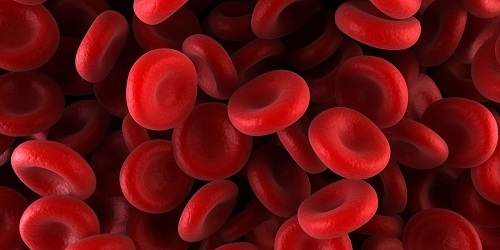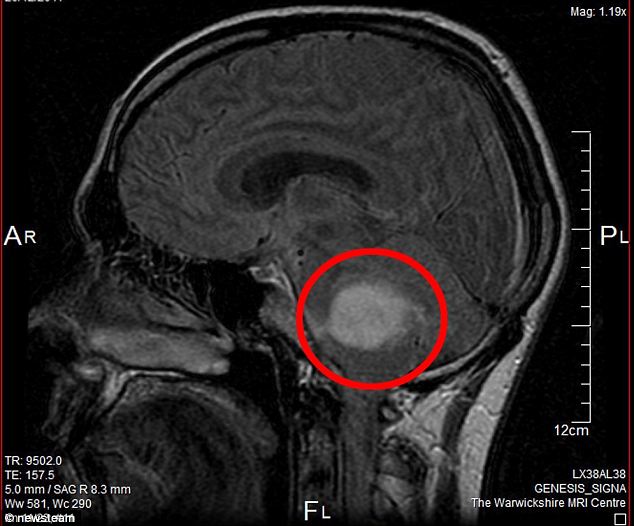Obstructive sleep apnea (OSA) with snoring is related to several cardiovascular diseases. It is a cause of systemic hypertension. Mild lung hypertension is also associated with OSA. Heart blockages are associated with severe OSA but not mild OSA. Night cardiac arrhythmias are known with OSA and therefore all patients with nocturnal cardiac arrhythmias should be uated for possible OSA. Treatment of OSA may reduce systemic blood pressure, lung pressure, cardiovascular events and eliminate nocturnal ventricular bradycardia and asystole in many patients with OSA. A completely blocked airway without airflow is called an obstructive apnea. Partial obstruction with diminished airflow is called a hypopnea. A person may have apnea and hypopnea during sleep. Insufficient breathing due to apnea or hypopnea causes oxygen levels to fall and carbon dioxide to rise. Because the airway is blocked, breathing faster or harder does not help to improve oxygen levels until the airway is reopened. Typically, this requires the person to awaken to activate the upper airway muscles. Once the airway is opened, the person then takes several deep breaths to catch up on breathing. As the person awakens, he or she may move briefly, snort or snore, and take a deep breath. Less frequently, a person may awaken completely with a sensation of gasping, smothering, or choking. Many people with sleep apnea are unaware of their abnormal breathing in sleep, and all patients underestimate how often their sleep is interrupted. Awakening from sleep causes sleep to be unrefreshing and causes fatigue and daytime sleepiness.

Be a part of Elets Collaborative Initiatives. Join Us for Upcoming Events and explore business opportunities. Like us on Facebook , connect with us on LinkedIn and follow us on Twitter , Instagram.












